revitalisation neckarspinnerei district ER1
Project deals with the historic building structure in which new art studios, workrooms, exhibitions, etc. are to be created.
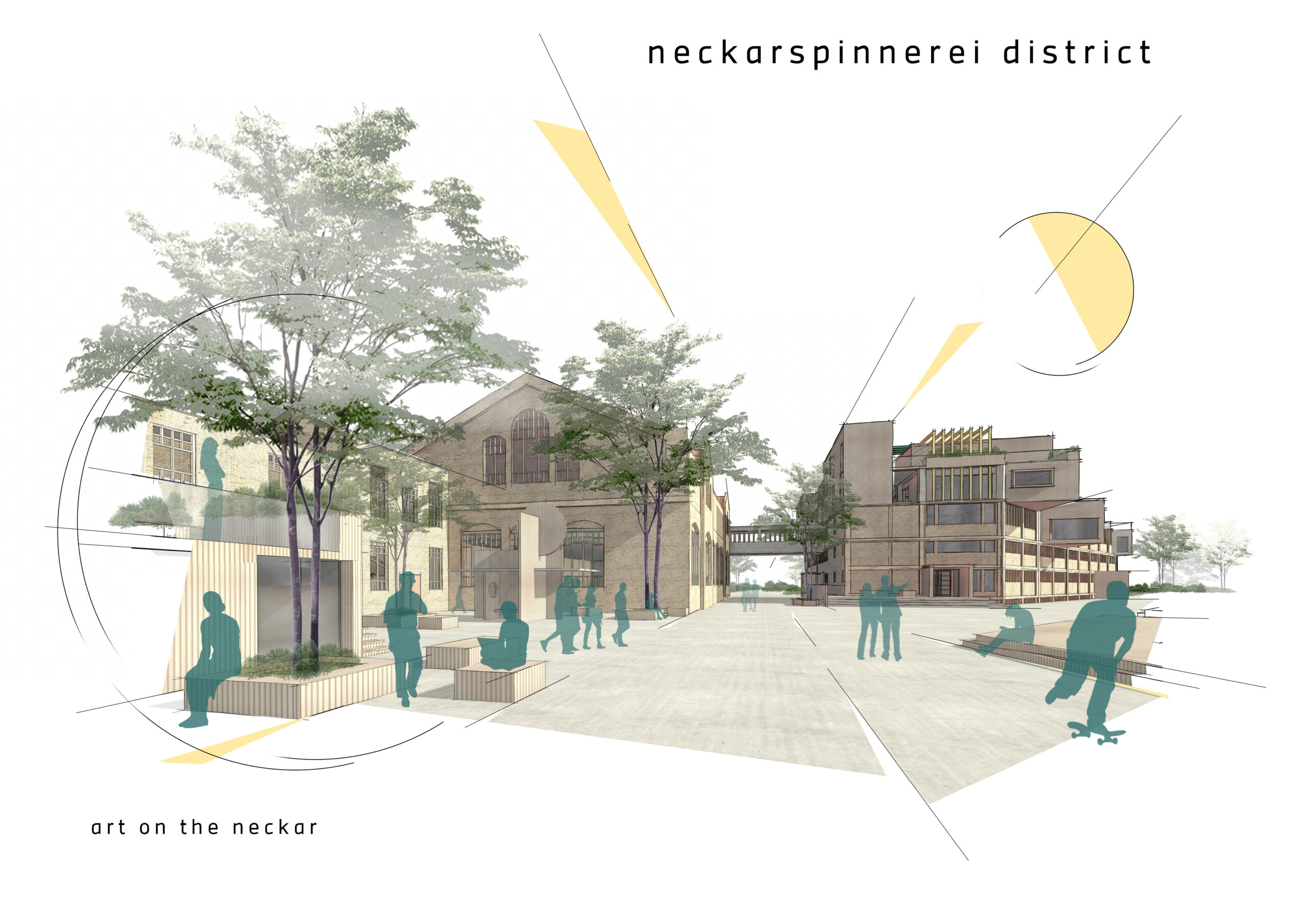
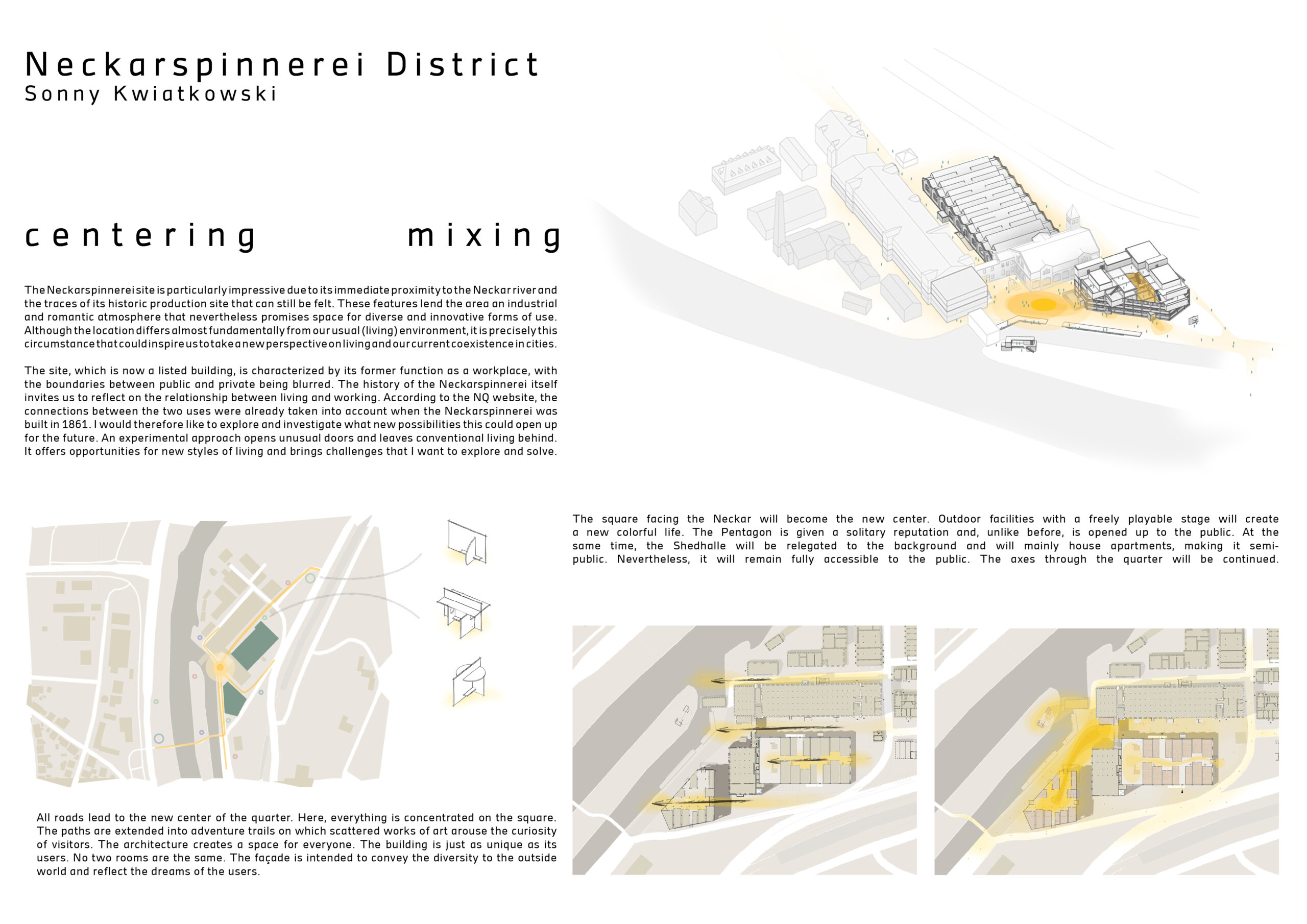
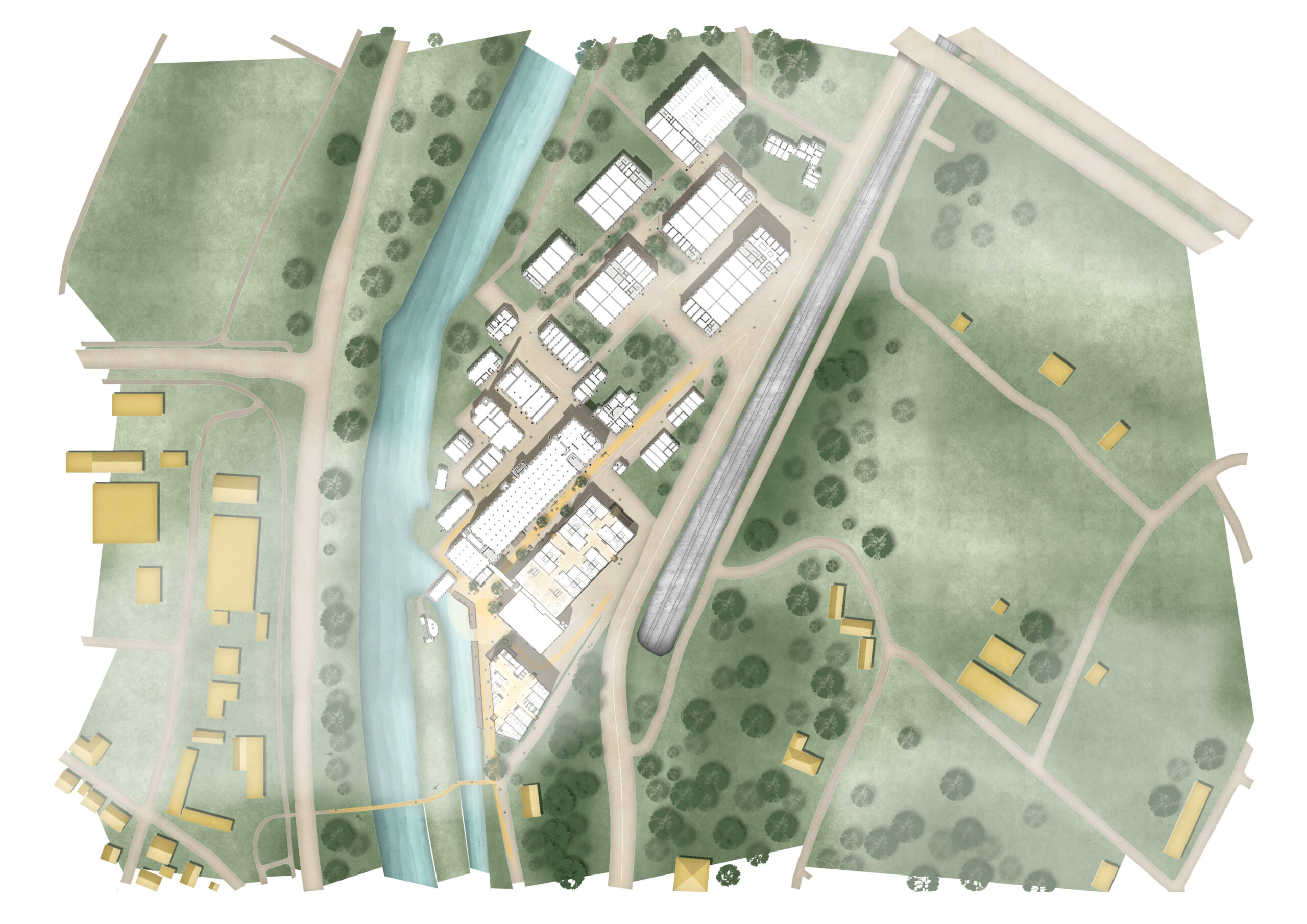
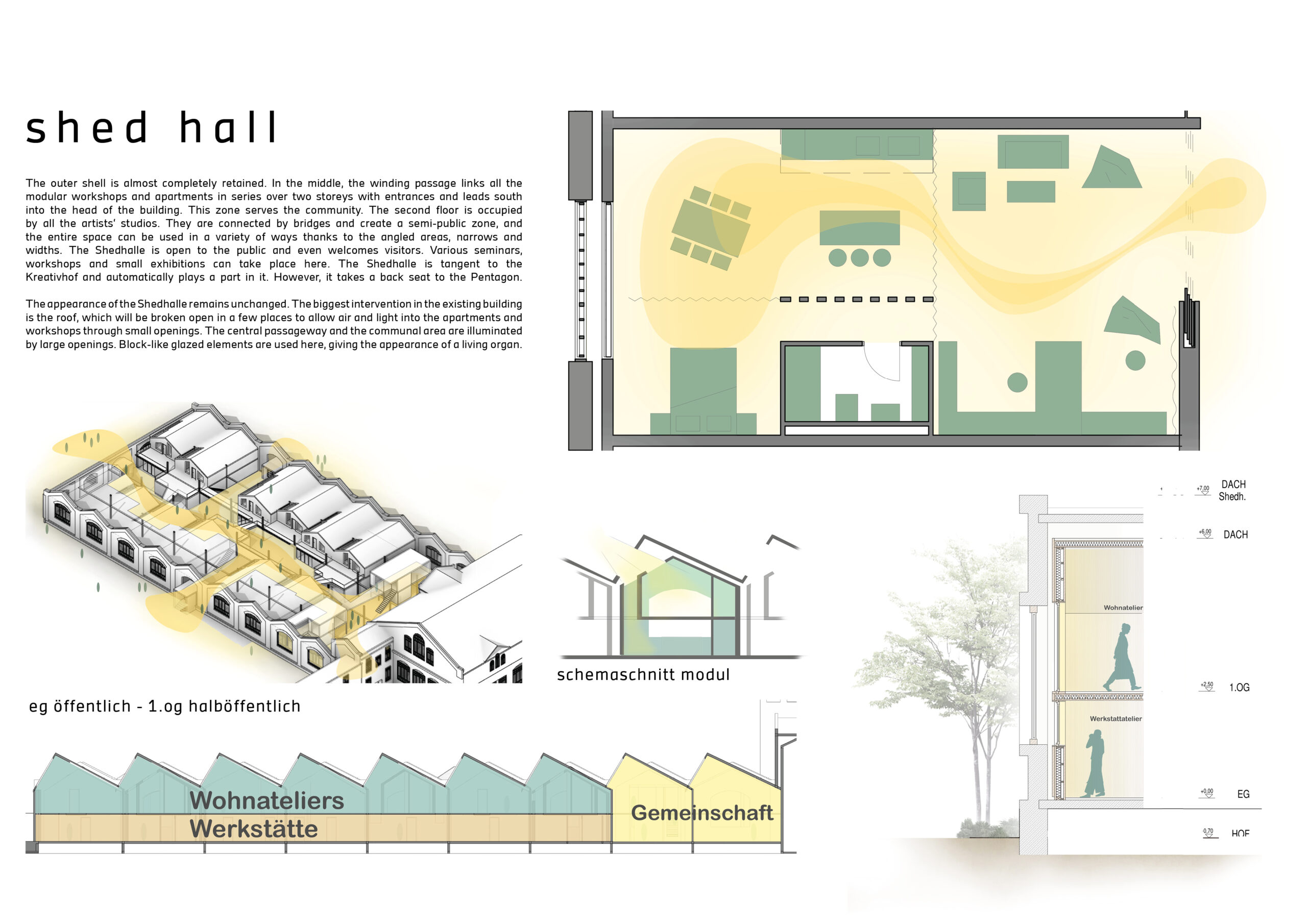
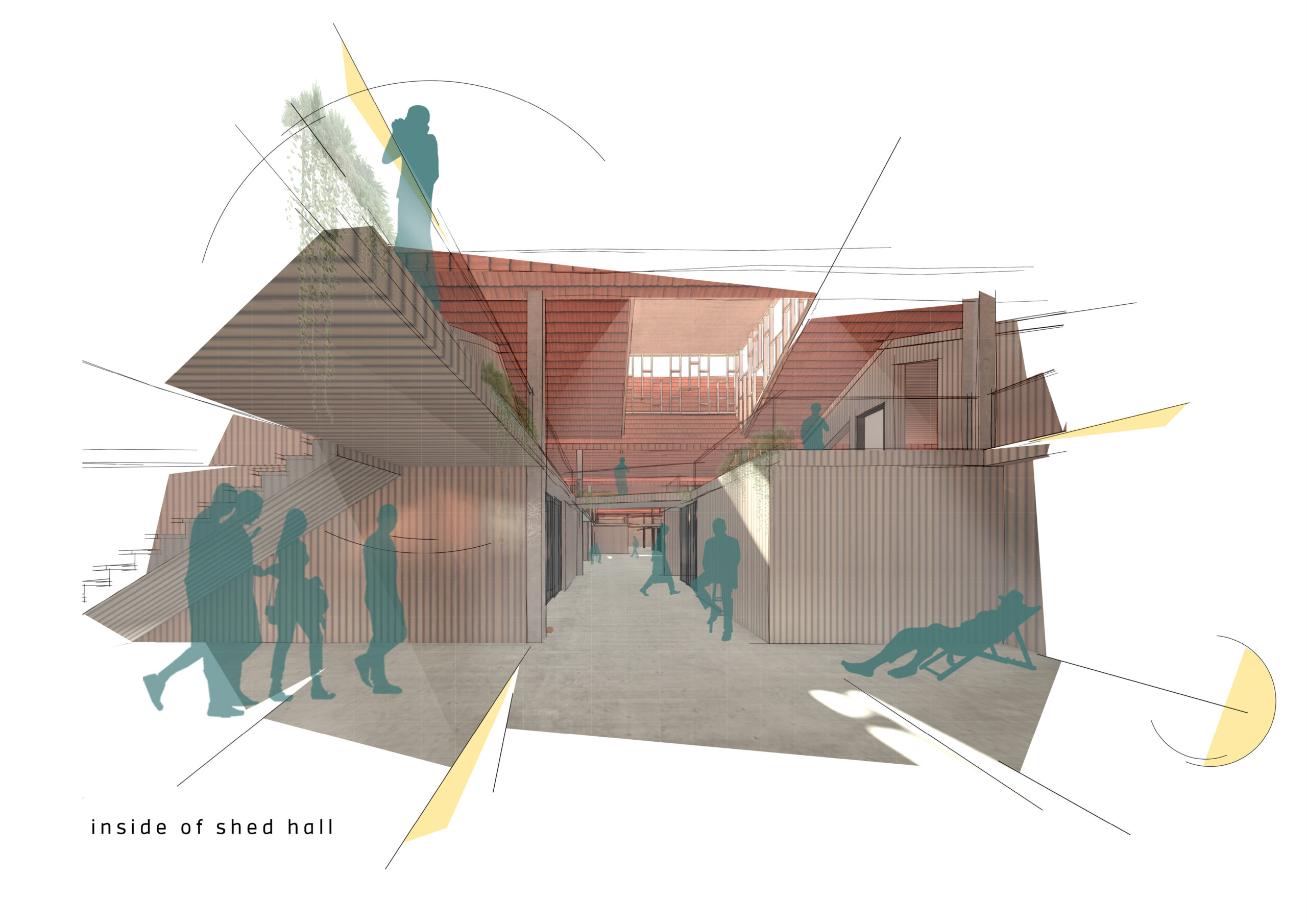
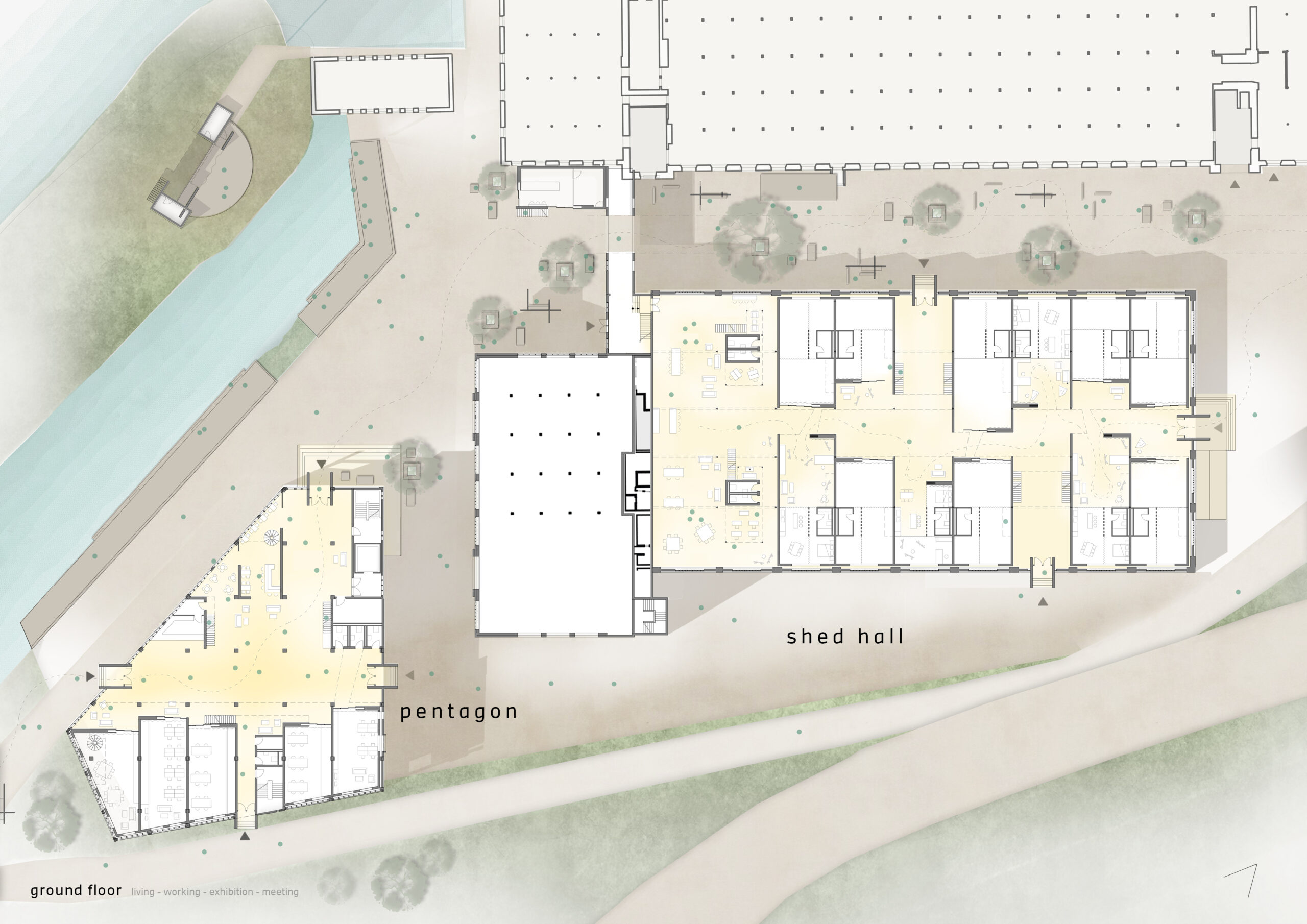
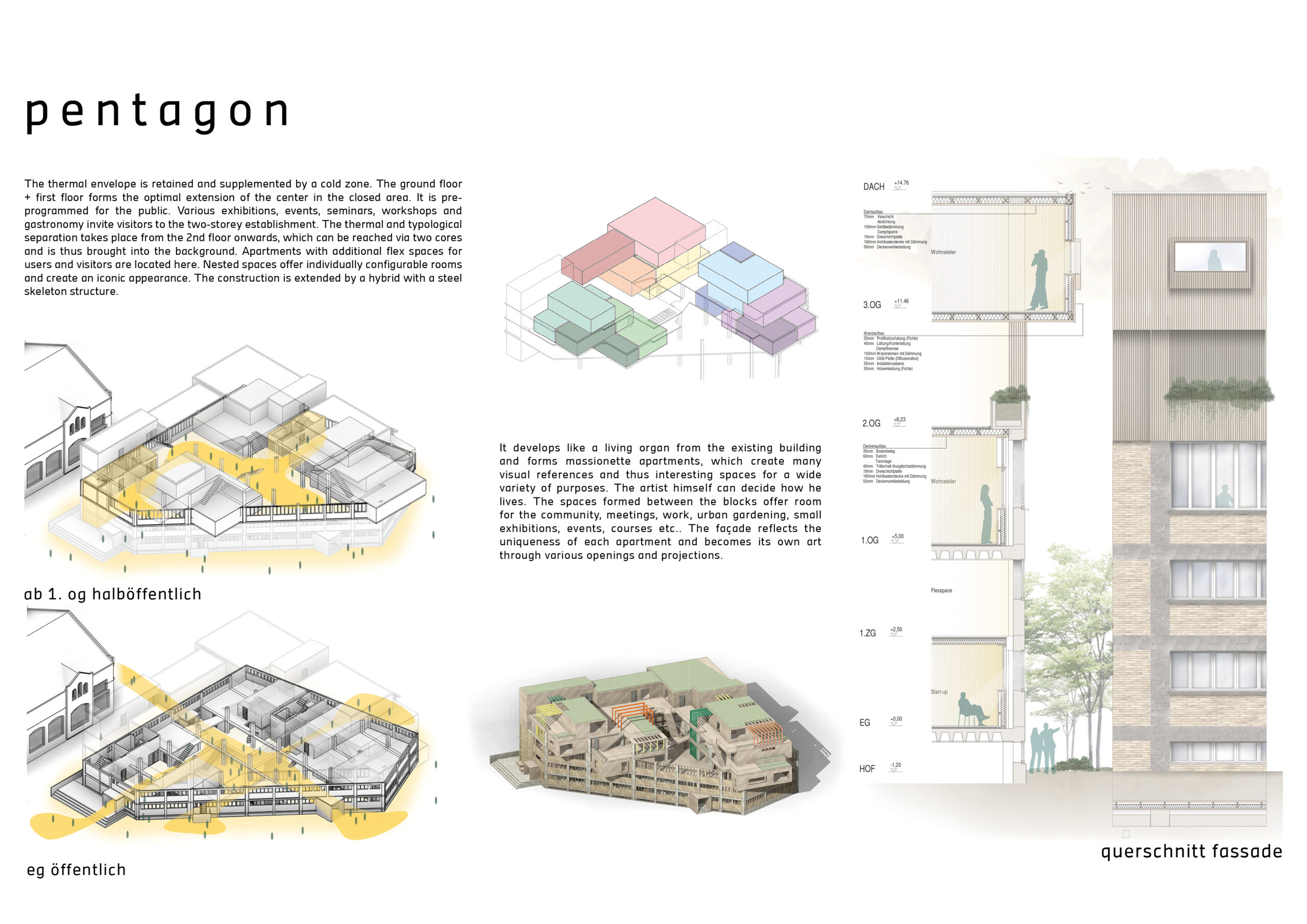
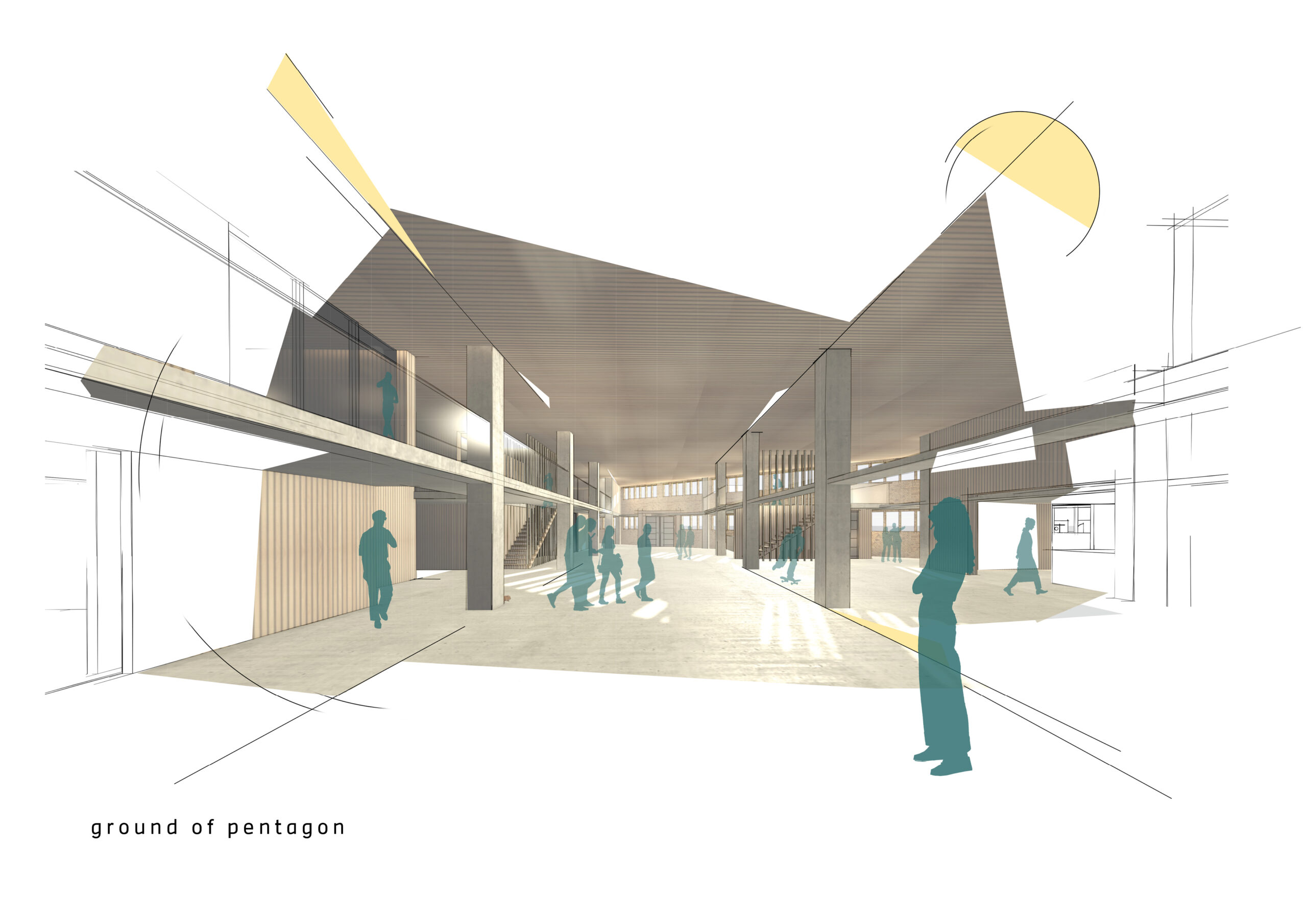
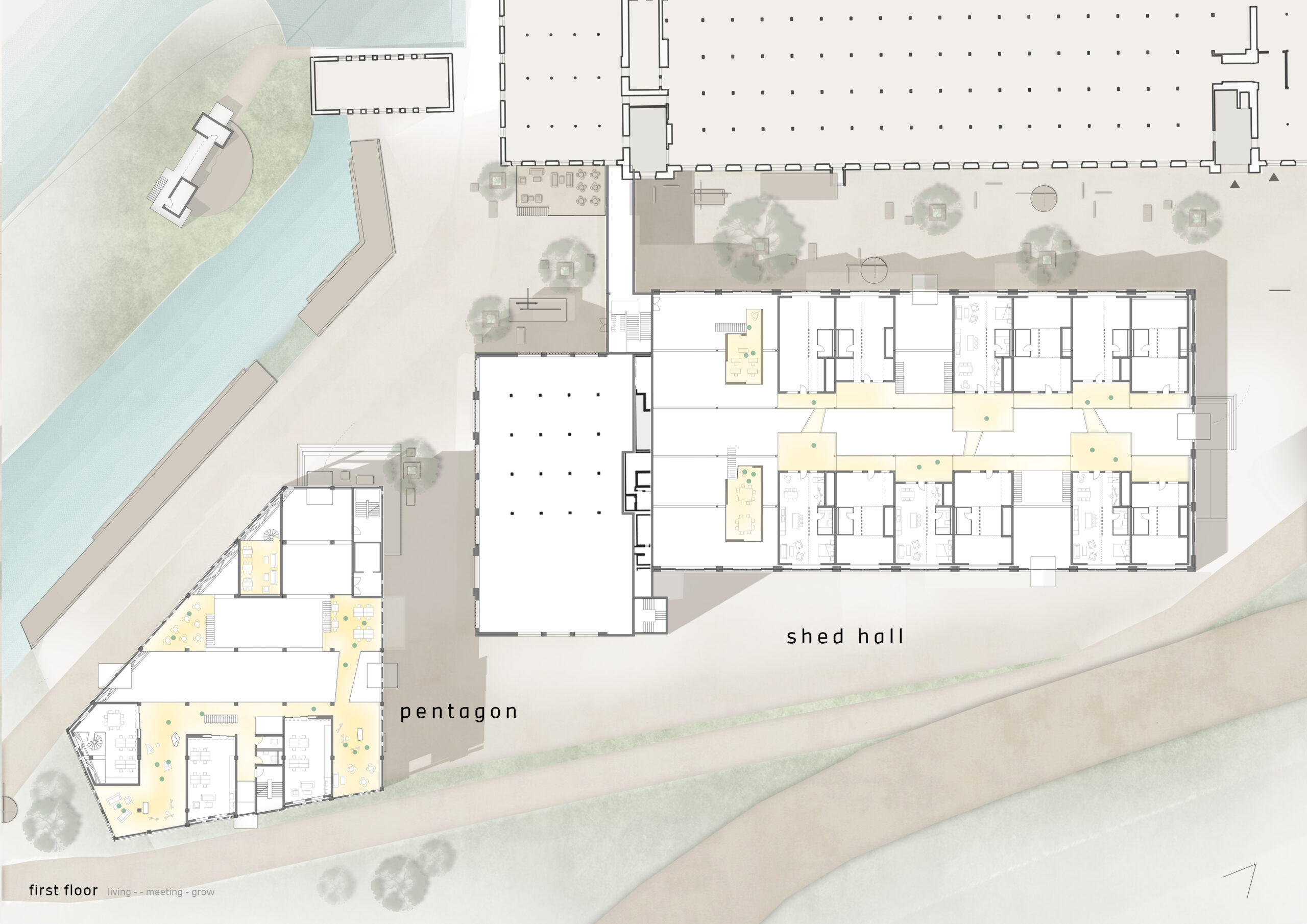
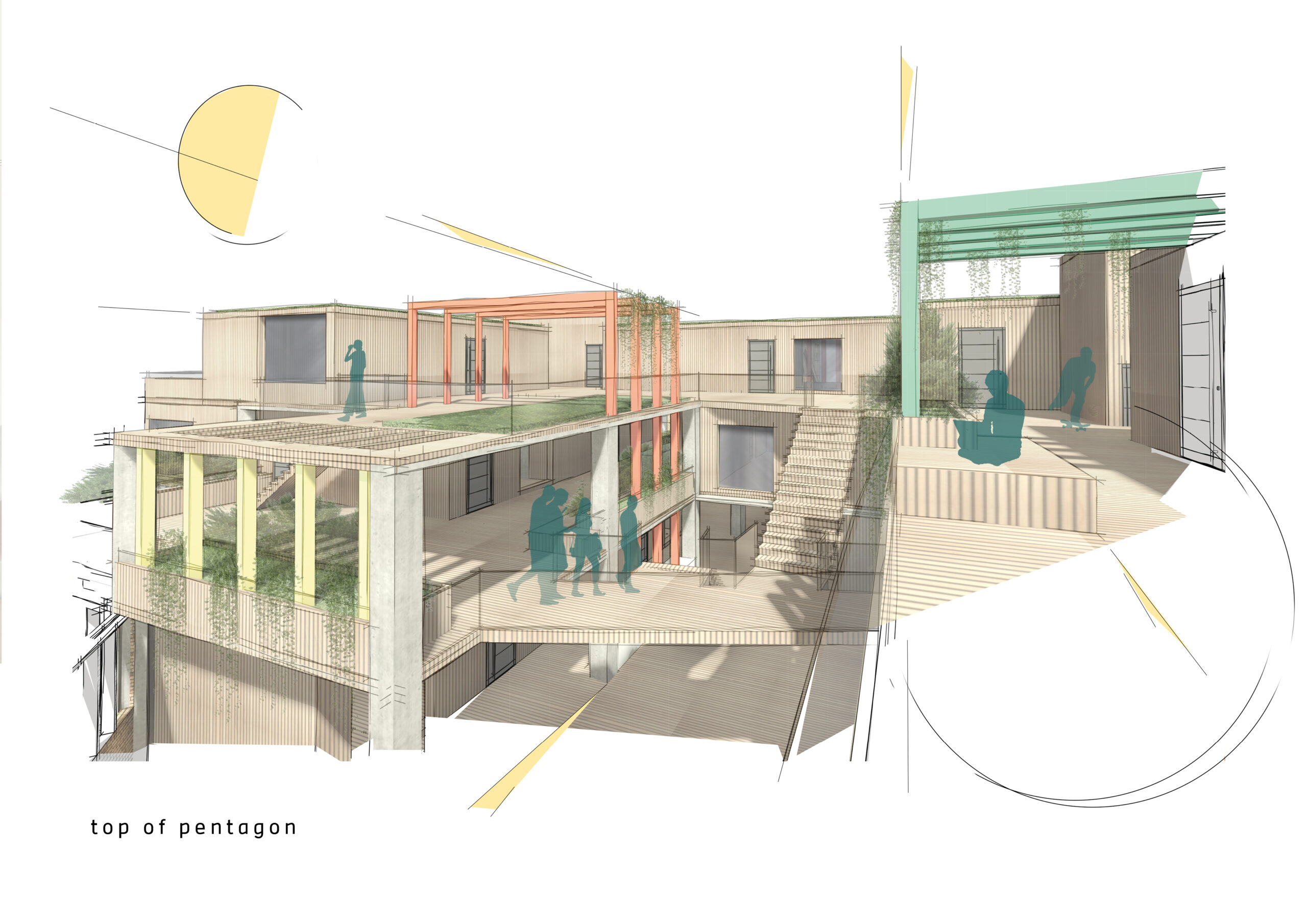
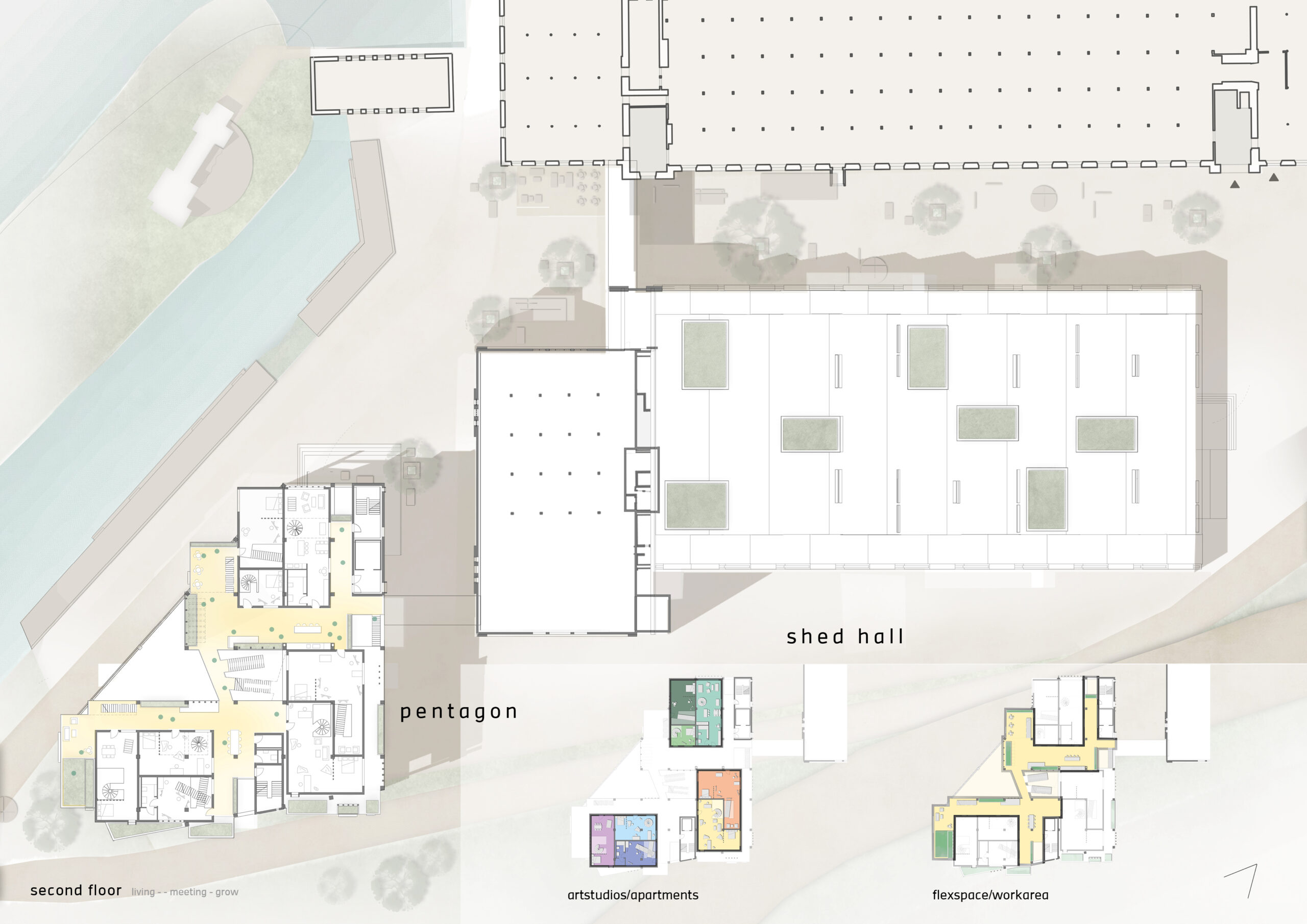
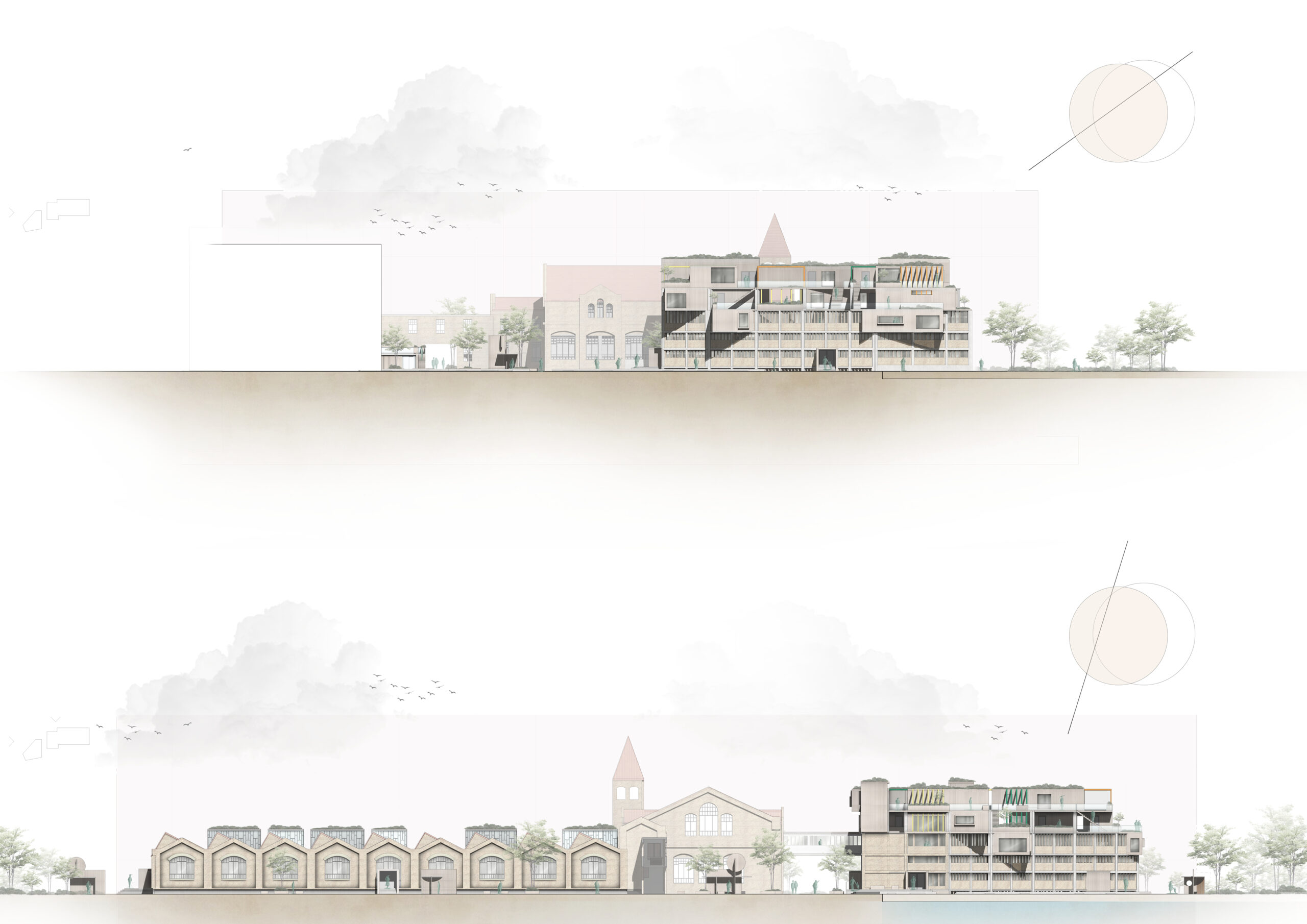
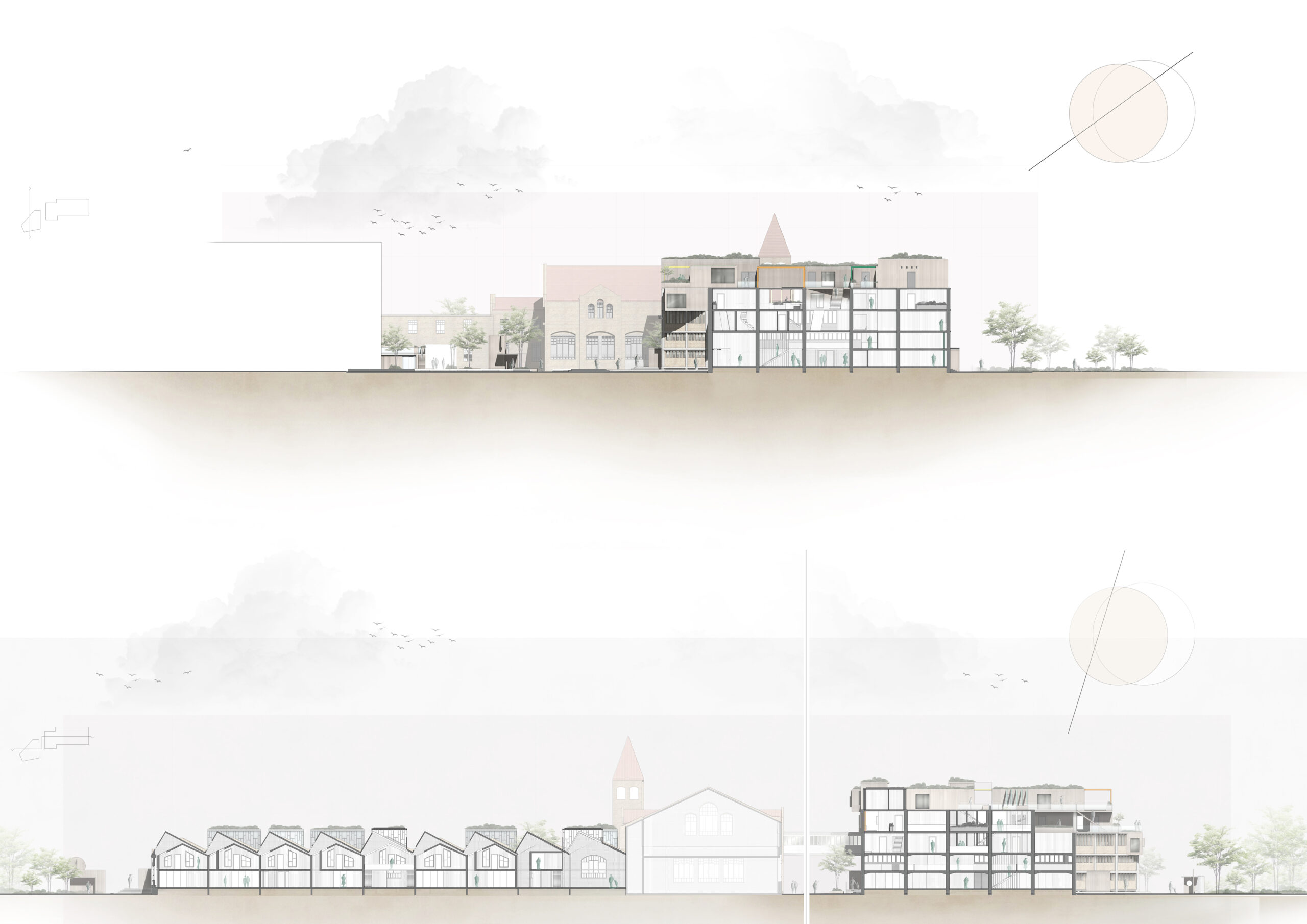
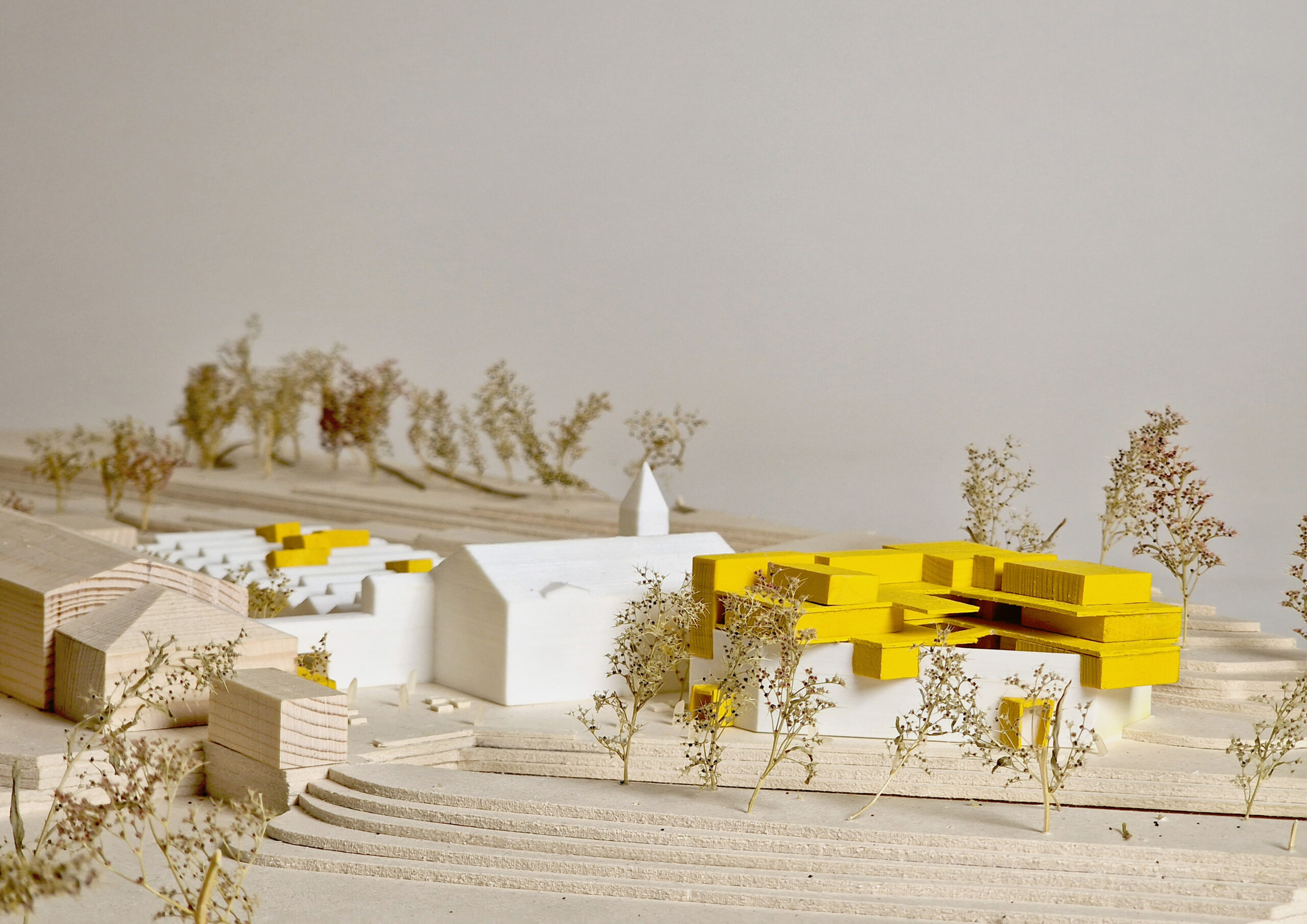
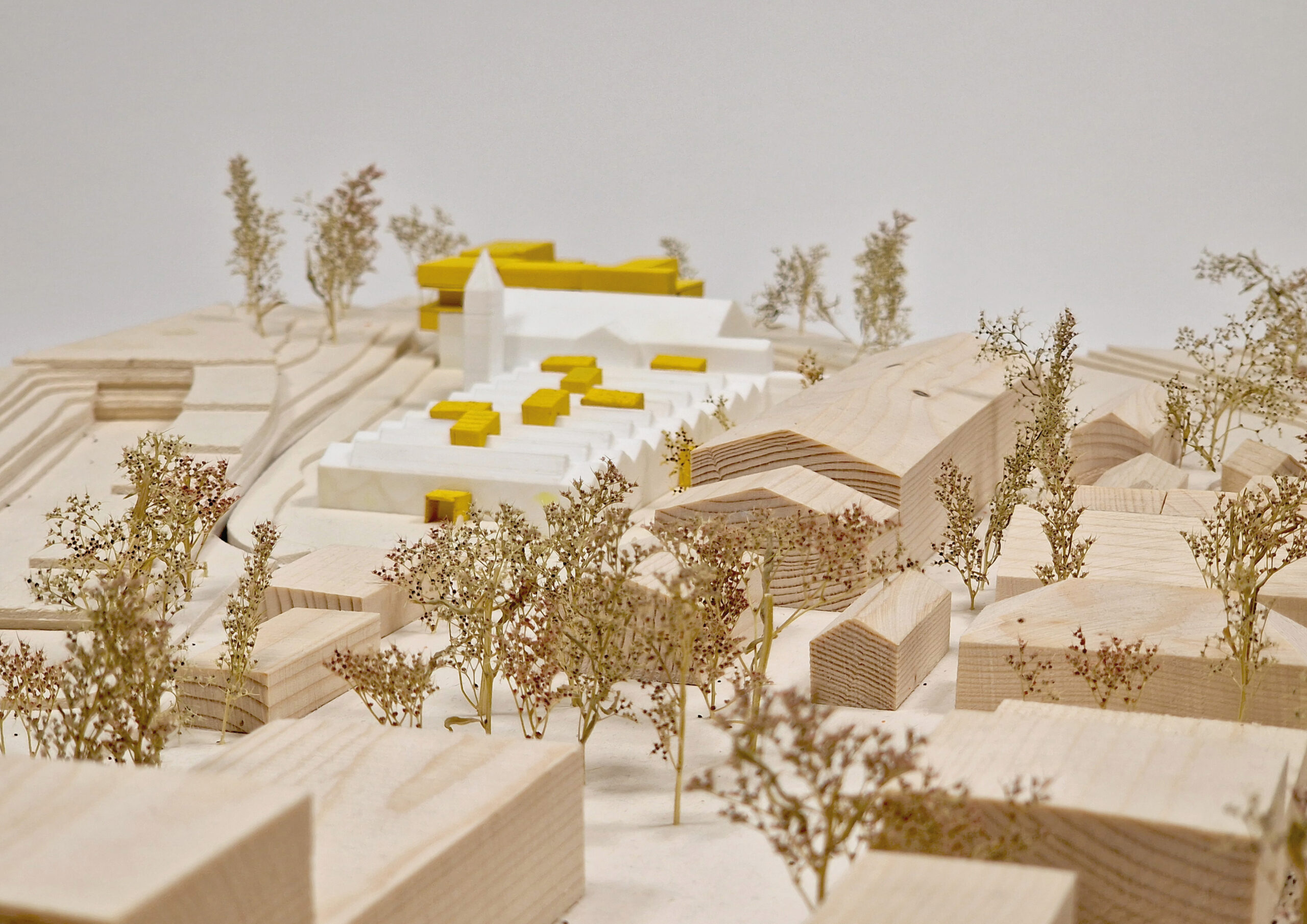
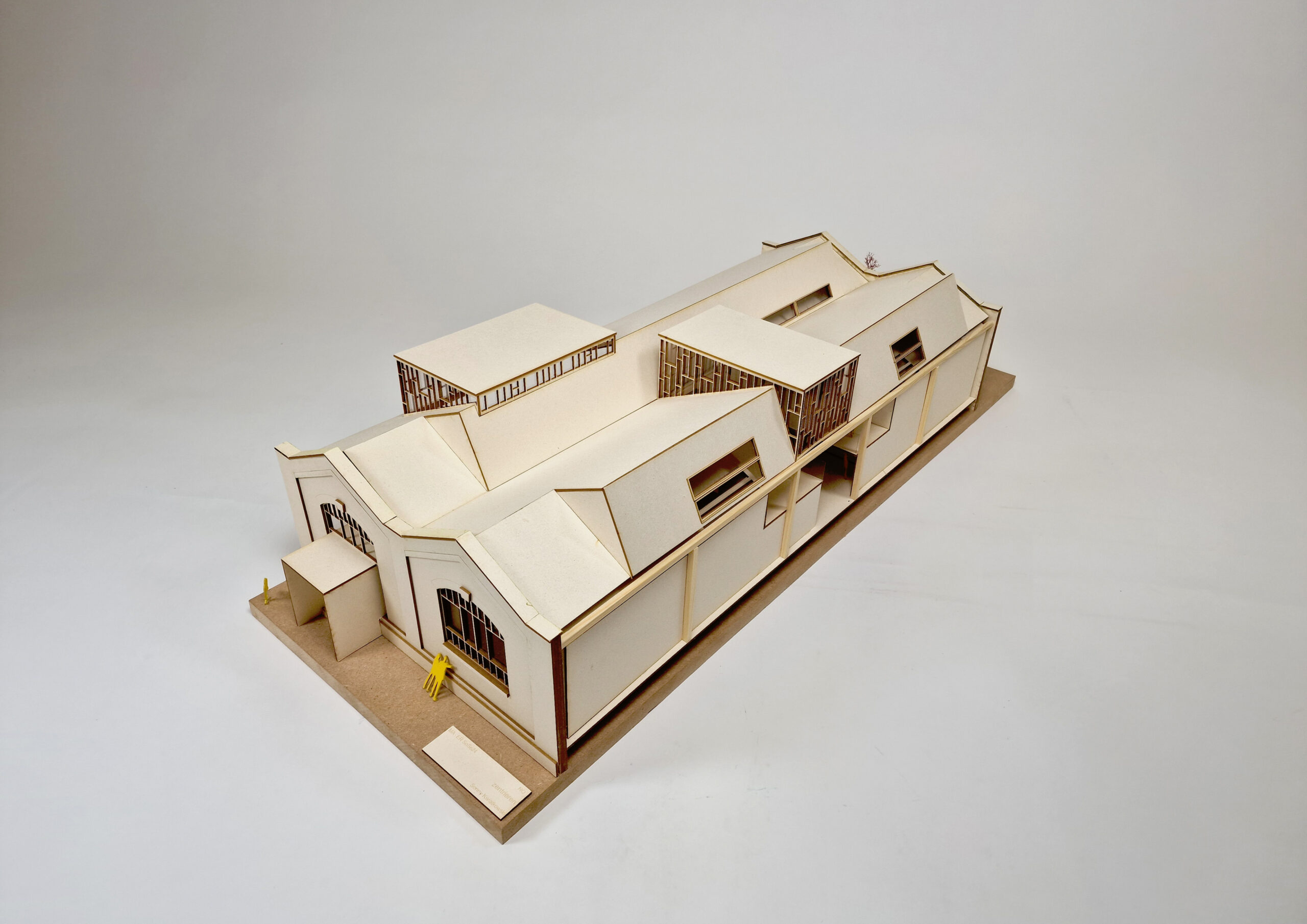
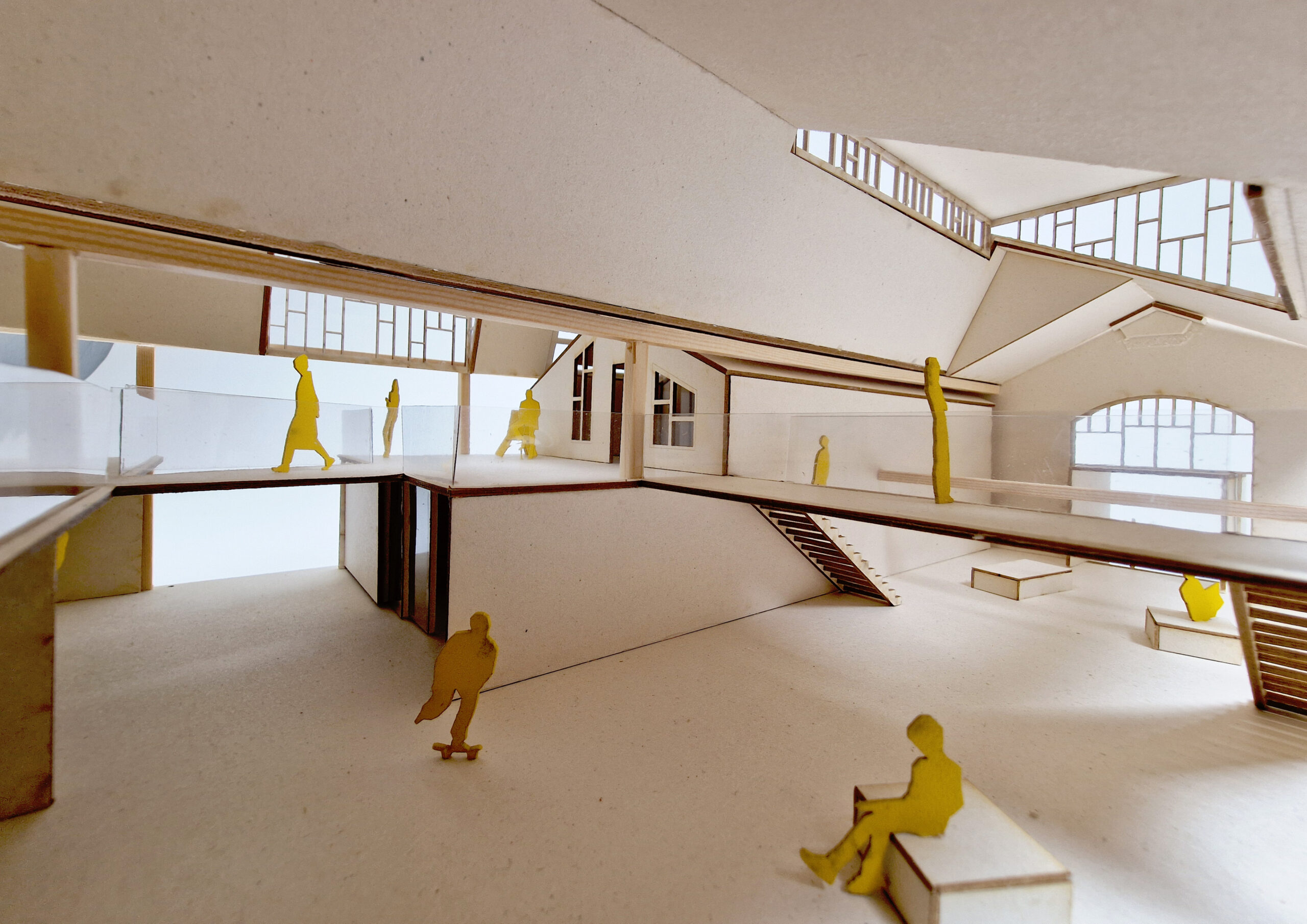
Revitalisation – Neckarspinnerei District
Preserving existing structures and adapting them to contemporary uses is an important aspect of sustainable architecture. By avoiding the destruction of historic buildings and instead renovating or modernizing them, we can reduce waste while maintaining a connection to our cultural heritage. Ultimately, balancing the needs of heritage conservation with innovative design solutions presents a unique challenge that can lead to exciting new forms of expression. I am not interested in maintaining everything that already exists, but in approaching each existing element individually and examining its value in terms of usability, effectiveness, economy and aesthetics. My aim is not to see the existing building as an obstacle and try to fight with it, but rather to emphasize its potential and place it in the context of playful modern sustainable architecture. A unique architecture that does not emerge spasmodically, but in the course of a playful design. The now listed site is characterized by its former function as a workplace, whereby the boundaries between public and private are fluid. The very history of the Neckarspinnerei invites you to reflect on the relationship between living and working. An experimental approach opens unusual doors and leaves conventional living behind. It offers opportunities for new styles of living and brings with it challenges that I would like to explore and solve.
art on the neckar
All paths lead to the new center of the quarter. Here, the focus is on the square. A new colorful life is created by outdoor facilities with a freely playable stage. The paths will be expanded into adventure trails on which scattered works of art will arouse the curiosity of visitors. The architecture creates a space for everyone. The Quariter itself is just as unique as its users. No two rooms are the same. The façade is intended to convey the diversity to the outside world and reflect the dreams of the users. The axes through the quarter are continued.
Building – Pentagon
The Pentagon will have a solitary reputation and, unlike in the past, will be very open to the public. The first floor with a mezzanine floor forms the optimal extension of the center in the warm. Various exhibitions, events, seminars, workshops and gastronomy invite visitors to the two-storey establishment. The thermal and typological separation takes place from the 2nd floor onwards, which is reached via two cores. Apartments with additional flex spaces for users and visitors are located here. It breaks out of the existing building like a living organ and forms a very diverse structure. Nested spaces offer individually configurable rooms and create an iconic appearance.
Building – Shed hall
The outer shell of the Shedhalle is almost completely retained. In the middle, the winding passage links all the modular workshops and apartments and leads south into the head of the building. This zone serves the community. The second floor is occupied by all the artists‘ studios. They are connected by bridges and create a semi-public zone, and the entire space can be used in a variety of ways thanks to the angled areas, narrows and widths. The Shedhalle is open to the public and even welcomes visitors. Various seminars, workshops and small exhibitions can take place here. The Shedhalle is tangent to the Kreativhof and automatically plays a part in it. However, it takes a back seat to the Pentagon.